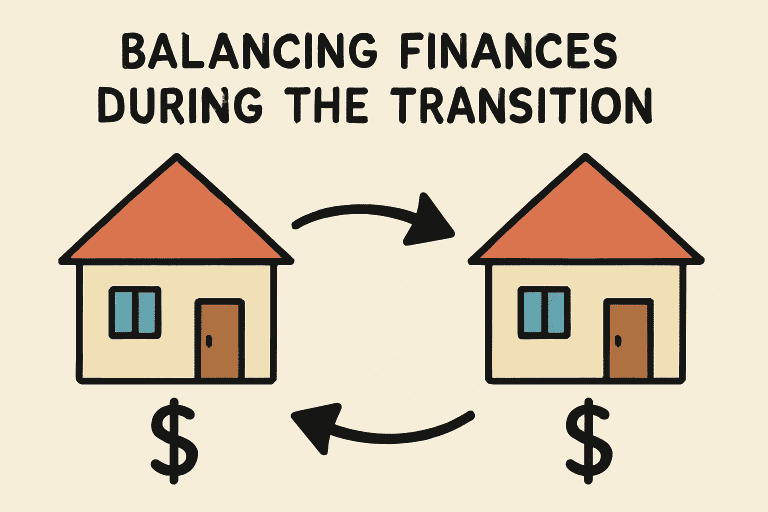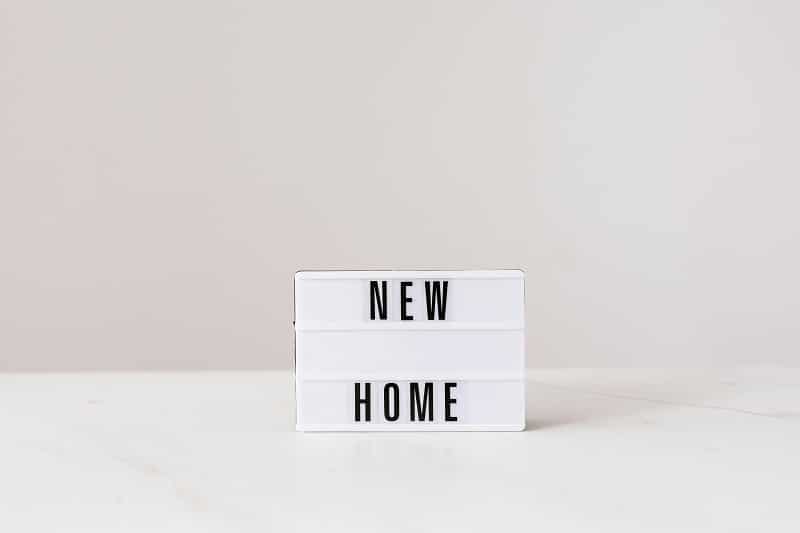Key Takeaways
- Carefully assess the financial responsibilities of holding two mortgages and maintaining two households.
- Investigate multiple financing options such as bridge loans, home equity lines of credit (HELOCs), and sale-leaseback agreements.
- Pay close attention to real estate market conditions and craft a timing strategy that reduces risk and maximizes potential gains.
Introduction to Selling Existing Property
Buying a new home before selling your existing property can be both an empowering and daunting decision. When executed properly, it can simplify your moving journey, giving you the freedom to relocate at your own pace and settle into your new home without pressure. Nevertheless, this approach comes with significant financial, logistical, and emotional challenges. Successfully navigating both transactions at once requires in-depth planning, a robust financial position, and a keen understanding of the real estate market. Equally important is working with experienced professionals who can help you avoid common mistakes as you balance these two major transitions.
To make this bold move smoothly, it’s essential to grasp your full range of options—from creative financing solutions to strategic timing and contingency planning. This guide will walk you through critical considerations, detailed strategies, and expert insights, empowering you to approach buying a new home before selling your current one with clarity and confidence.
Financial Considerations
Before embarking on this journey, it’s vital to gain a thorough understanding of your current financial position. Purchasing a new home before selling your existing one means you may temporarily assume the burden of two mortgages—a scenario that can be financially overwhelming. Begin by calculating your debt-to-income (DTI) ratio, a critical metric that lenders use to determine your ability to manage additional debt. In most cases, lenders look for a DTI below 43% to qualify you for a conventional loan. If your ratio is higher, you may encounter difficulties obtaining favorable mortgage terms or securing a loan at all.
Evaluate your liquidity next—this entails more than having enough for a down payment. You need ample cash reserves to cover closing costs, initial expenses in your new home, and the ongoing costs of maintaining both properties. Consider items such as utility bills, insurance premiums, routine maintenance, and property taxes, which can accumulate quickly. Draft a comprehensive budget that factors in these carrying costs so you aren’t forced into a panicked, lower-priced sale of your current home just to relieve financial pressure. Detailed planning in this area can preserve your options and provide peace of mind as you navigate the transition from one house to another.
Financing Options
Choosing the right financing strategy can make a significant difference in your ability to purchase a new home before selling your old one. Several creative solutions exist to help homeowners tap into their current home’s equity or otherwise bridge the gap between buying and selling:
- Bridge Loans: A bridge loan provides a short-term infusion of cash by borrowing against your current home’s equity to help fund a down payment or cover other purchasing costs. The intention is to repay the loan in full after the sale of your current property. Bridge loans often feature higher-than-average interest rates and elevated origination fees, making them suitable primarily for those who expect to close on their old home swiftly. Learn more about bridge loans.
- Home Equity Line of Credit (HELOC): A HELOC leverages the equity you’ve built in your home by opening a revolving line of credit. This resource can be particularly flexible, allowing you to use funds as needed for the new purchase. However, timing is crucial; many lenders won’t issue a new HELOC if your home is already on the market, requiring you to plan and apply well in advance of listing. For more information on how this works, understand HELOCs in this context.
- Sale-Leaseback Agreements: In some situations, you can negotiate a deal with your buyer to sell your current home and then lease it back for a specified period. This arrangement can unlock your home’s equity without forcing you to move out before you’re ready, giving you critical flexibility for closing on your next home and planning your relocation at your own pace.
Comparing Your Options
Each financing solution offers its blend of advantages and drawbacks. Bridge loans deliver fast access to funds but often at a higher borrowing cost. HELOCs can be more cost-effective but hinge on careful timing and lender flexibility. Sale-leasebacks offer timeline flexibility but depend on the buyer’s willingness. Review these choices with your financial advisor to determine which option best aligns with your circumstances and market conditions, ensuring your path forward is both financially prudent and operationally seamless.
Market Timing
The state of the real estate market in both your current neighborhood and your desired location plays a pivotal role in how successfully you can juggle these two transactions. In a strong seller’s market, homes are in high demand and move quickly, creating a favorable environment for either strategy. There’s usually less risk of having to carry two mortgages for an extended period. In contrast, a buyer’s market provides more options for your next purchase, but your own home might take longer to sell, increasing the chances of logistical and financial headaches.
To make smart decisions, closely monitor local trends. Examine current inventory levels, average days on market, and pricing direction. Are comparable homes near yours selling quickly, or are they taking a while to sell? Are bidding wars common, or are significant price reductions the norm? Your answers will inform when it makes sense to buy first or to proceed with caution. Tap into real estate professionals’ expertise for access to up-to-date data and personalized interpretations—insights that can help you avoid common timing gaps and minimize exposure to unnecessary risks.
Contingency Plans
Mitigate risk by incorporating contingency clauses into your real estate contracts. The most prevalent is a sale contingency, which stipulates that your purchase of a new home is contingent upon the sale of your current one. This can provide essential peace of mind, ensuring you don’t end up owning two homes indefinitely. However, in highly competitive seller markets, sale contingencies may weaken your offer, making it less appealing to would-be sellers.
Alternative protections include negotiating for a delayed closing date on your new purchase, allowing time to complete your sale before moving in. Another practical solution—especially in markets with flexible buyers—is arranging a rent-back or leaseback agreement. This grants you additional time to reside in your home after the sale, giving you extra breathing room to align your move-out and move-in dates. Deciding which contingency plan works best in your situation often requires skilled negotiation and a deep understanding of current market norms. Consult your real estate agent to tailor your approach for optimal results.
Working with Professionals
Navigating the dual challenge of buying a new property before selling your existing one is much smoother when you partner with seasoned professionals. A proficient real estate agent is indispensable—they will help you price, market, and sell your home efficiently while also sourcing the right opportunities and negotiating advantageous terms for your next purchase. Their experience is invaluable in structuring offers, incorporating effective contingencies, and keeping both transactions coordinated.
A skilled lender or mortgage broker can break down your financing options, guiding you through the pros and cons of each, and help you secure the most appropriate loan product based on your unique profile. Beyond agents and lenders, a financial advisor can review your full financial picture, ensuring your strategy is sustainable and aligns with your long-term goals—even helping you plan for unexpected delays or surprises.
Selecting a team with a proven record managing similar buy-before-you-sell situations can give you a significant advantage. Their insights, networks, and troubleshooting skills are essential for a smooth, timely, and stress-free experience—from your initial home search to a successful closing. For thorough, expert advice and more helpful resources on navigating both transactions at once, don’t hesitate to reach out to industry specialists as you plan your next move.


